About UNCLOS and the iMO
Website dedicated to describing and studying the United Nations Convention on the Law Of the Sea (UNCLOS) and how it can be applied to ensure effective enforcement of international legislation on air pollution adopted by the UN’s International Maritime Organization (the IMO), especially related to regulatory measures for reducing pollution from GHG emissions from shipping.
Everything on this website is based on analysis and findings I have made and laid out in my book:
“Enforcing International Maritime Legislation on Air Pollution through UNCLOS“.
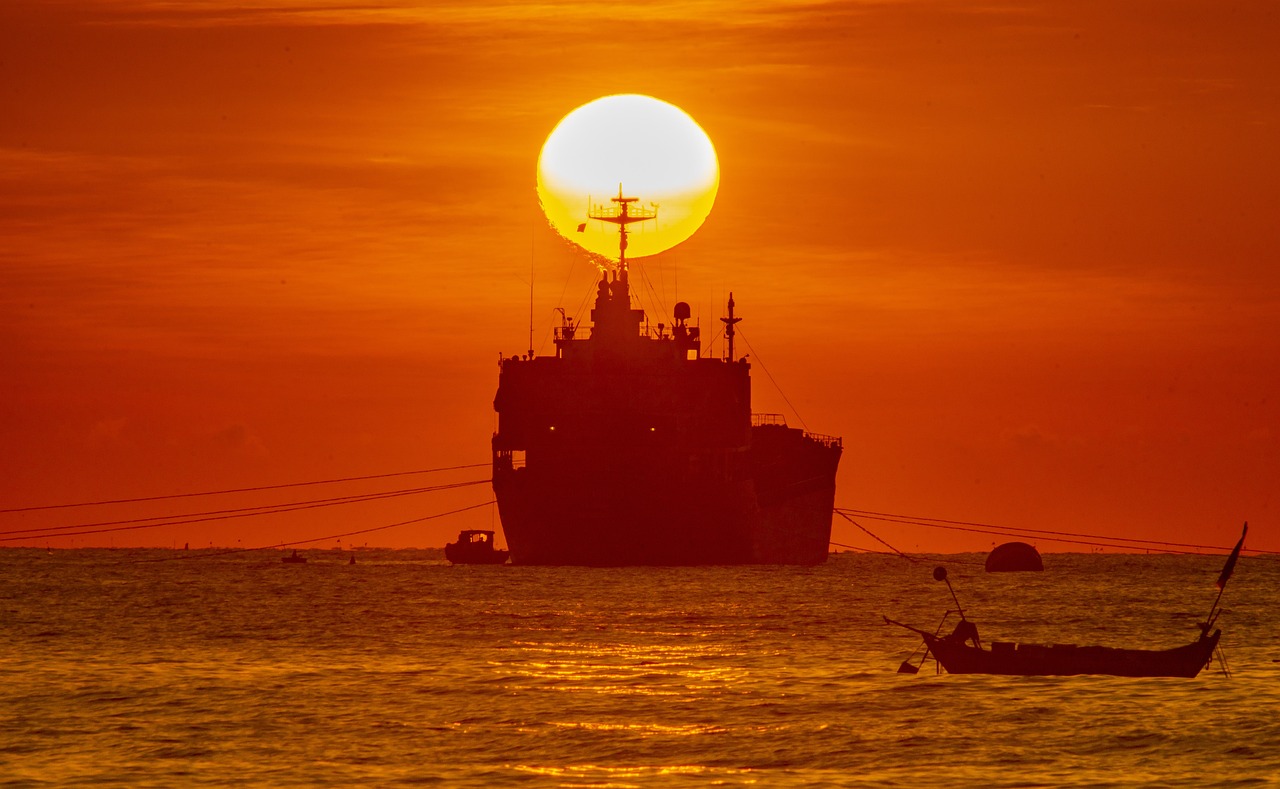
UNCLOS
“law of the sea”
UNCLOS – among other regulatory matters – set out basic jurisdictional frames for States, in their capacity as either flag-, coastal or port States, to enforce legislation over vessels either sailing their flag or sailing in areas under the jurisdiction of the State, for example in relation to inspecting and sanctioning ships as part of Port State Control (PSC). You can read more about the basic jurisdictions of UNCLOS here: What is UNCLOS and on PSC here: What is PSC
The book “Enforcing International Maritime Legislation on Air Pollution through UNCLOS” describes these general principles of International Law and the Law of the Sea codified in UNCLOS, which is described here: LINK
The book has a focus on analyzing the special provisions found in Part XII of UNCLOS for protection of the environment and human health from pollution coming from marine activities such as mining, fishing and shipping, including harmful emissions from shipping such as GHG emissions.
My background for writing this book and engaging in these legal maritime subjects is described here: About
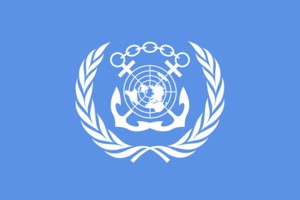
IMO rules on GHG and other shipping emissions
International shipping accounts for over 3% of all emitted GHG on a global scale, wherefore the UN’s International Maritime Organization (IMO) has adopted regulatory measures in the form of EEXI, EEDI and CII focused on reducing GHG emissions, which has been implemented into Annex VI of The International Convention for the Prevention of Pollution from Ships (MARPOL).
MARPOL Annex VI also contains regulations on other emissions from shipping;
• Sulphur Oxide (SOx) as notably embodied through the entry into force of the global 0,5% sulphur cap in 2020 (IMO2020).
• Nitrogen Oxide (NOx),
• Volatile Organic Compounds (VOCs),
• Ozon Depleting Substances (ODS’) and
• Special Emission Control Areas (ECAs) with strict SOx (SECAs) or NOx (NECAs) limits.
Furthermore, the IMO is working on adopting further legislative GHG-measures, for example on the required use of alternative fuels as specified in a fuel standard following the IMO’s revised GHG Strategy.
The IMO, including MARPOL Annex VI and the GHG strategy is described here: What is the IMO
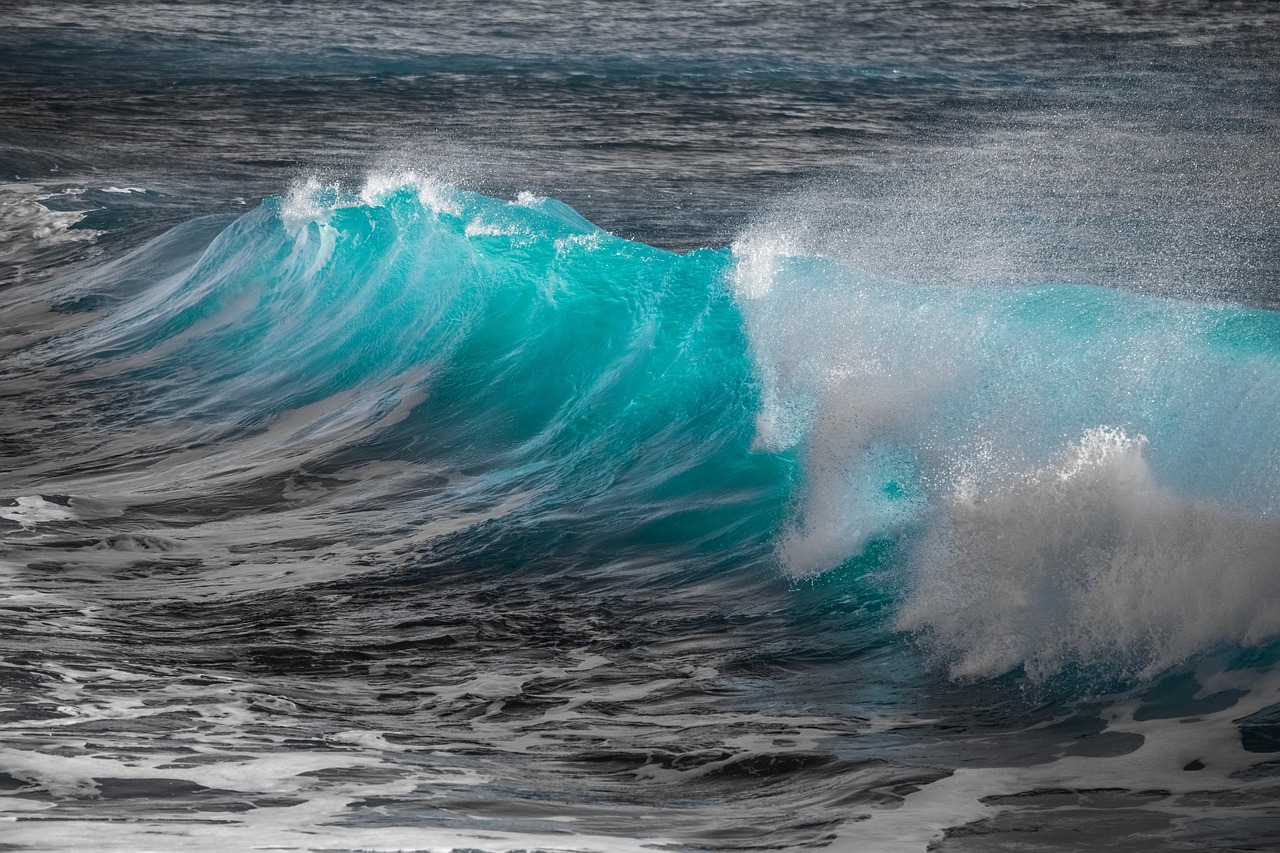
Enforcement of IMO rules under UNCLOS
All IMO emission regulations, including those on GHG, are without positive impact on the environment and climate if these cannot be effectively enforced, which includes effective sanctioning of violations through dissuasive fines.
UNCLOS, and in particular the provisions of part XII of the Convention, allows for such effective enforcement and sanctioning of violations of IMO rules on emissions as implemented in MARPOL Annex VI (GHG, SOx, NOx, VOC, OCD).
Such enforcement is not only possible by flag States, but also by port and coastal States. Even though the general rule in UNCLOS dictates that flag States have jurisdiction over their vessels on the High Seas, port States can also exercise jurisdiction over emission violations on the High Seas.
This includes violations of IMO GHG rules, e.g. found in a Fuel Standard or in rules on CII.
This is analyzed and clearly laid out in the book, as further described here: UNCLOS on MARPOL Annex VI

UNCLOS and EU rules on GHG, SOx and PSC
The EU has adopted several legislative acts pertaining to shipping with the aim of ensuring safety at sea and protecting the marine environment, including the Port State Control Directive (PSC Directive).
The EU has also used its shared competence to adopt EU legislation regulating sulphur pollution from ships in the “Sulphur Directive” and on GHG in the “MRV Directive”.
Furthermore, the EU has implemented significant rules on GHG from shipping as part of the EU’s “Fit For 55” legislative package, including adoption of the FuelEU Maritime, including shipping in the Emission Trading Scheme (ETS maritime) and setting reduction goals for shipping in the third version of the Renewable Energy Directive (REDIII).
The book examines, by going through caselaw of the ECJ (European Court of Justice), how the court has concluded that EU maritime rules must always comply with UNCLOS. For more on this see chapter on EU: Book About UNCLOS

Jus Cogens, Erga omnes and Universal Jurisdiction applied to IMO GHG rules
The book also explores, in the final chapters, whether am envisioned future ban on the use of fossil based marine fuels could be considered the first international environmental peremptory norm (regulation) of a jus cogens character, which would have immense implications in terms of enforcing such a prohibition.
This includes not only bestowing a right for all States to enforce such a prohibition by virtue of universal jurisdiction, but also being obligated to do so following the principle of erga omnes, irrespective of the States being party to the IMO legislation or UNCLOS and being subject to state responsibility under the convention of Article on Responsibility of States for International Wrongful Acts (ARIWA) if falling to do so.
For more on these thoughts see: Enforcement of IMOs GHG Strategy
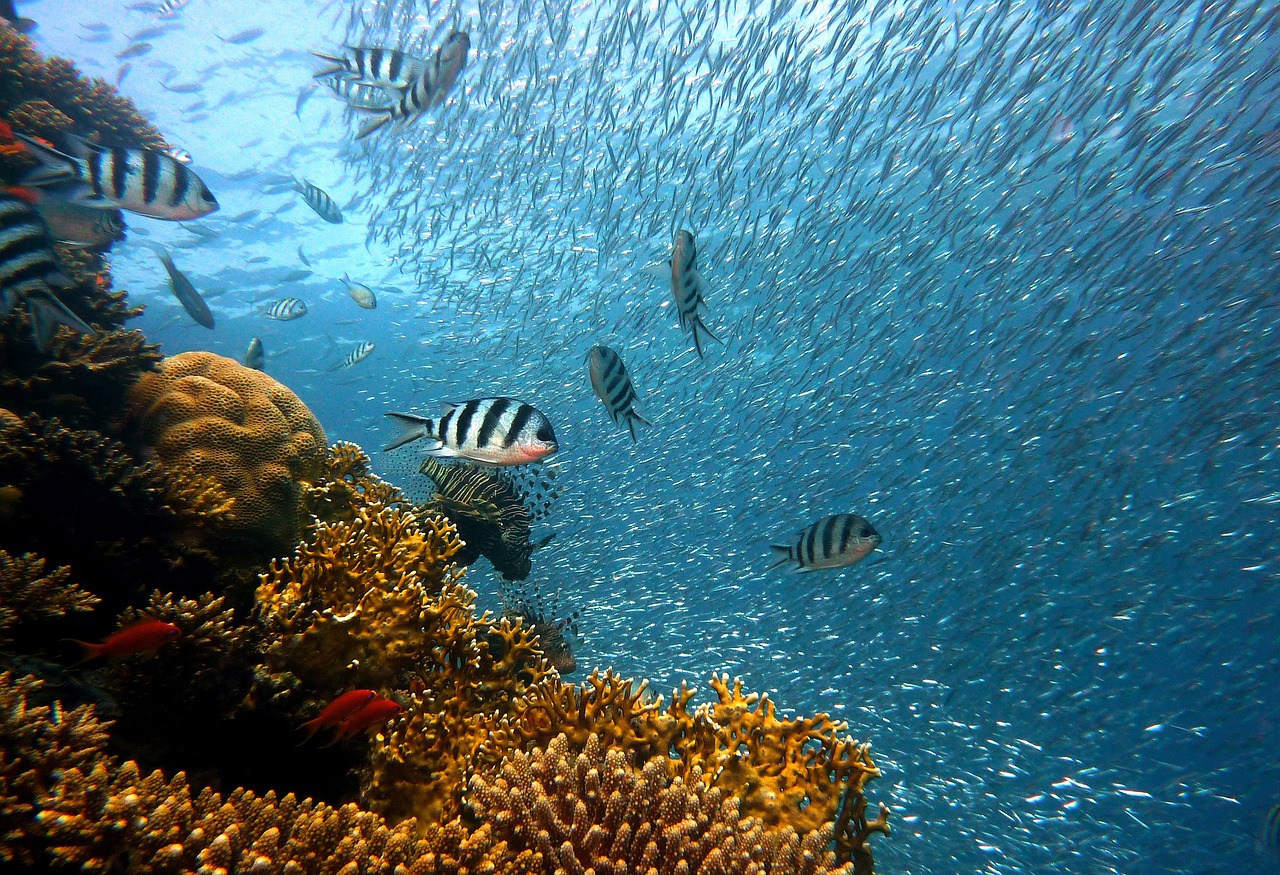
Current and historic UNCLOS topics discussed in Blog
On this website, a blog will attempt to address different matters relating to UNCLOS, both on current topics. For example: latest decisions from ITLOS Advisory Opinion on GHG pollution (a case submitted by a coalition of small island States), the BBNJ Agreement (Biodiversity Beyond National Jurisdiction) agreement (also referred to as protection of Marine Biodiversity of Areas Beyond National Jurisdiction). Furthermore, ITLOS Advisory Opinion on seabed exploitation in “The Area”.
Application of UNCLOS in relation to different current subject matters discussed at the IMO and EU will also be explored. Also historic elements relating to UNCLOS and the Law of the Sea in general will be examined.
The blog can be found under “UNCLOS Blog”
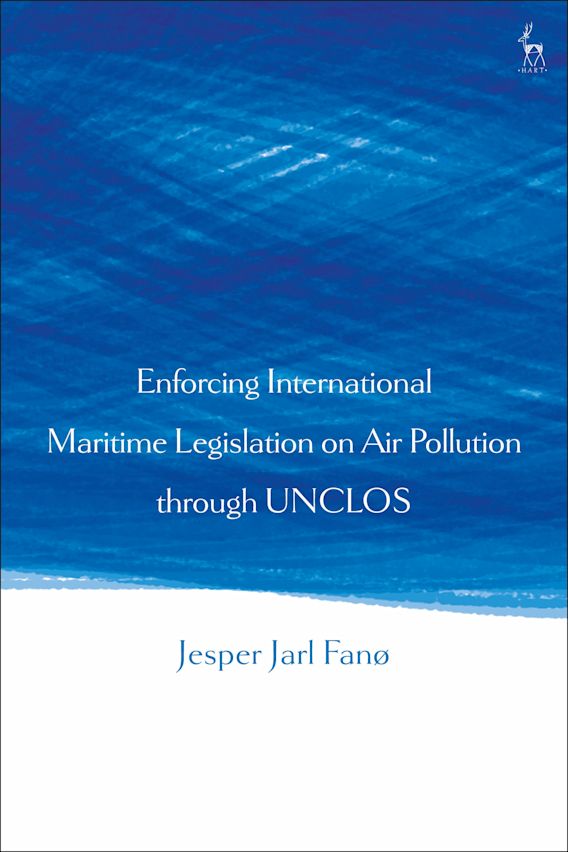
Book about UNCLOS and enforcing IMO rules
The above described is laid out in the book; “Enforcing International Maritime Legislation on Air Pollution through UNCLOS”.
The content of the book (including description of each chapter) can be seen here: Book About UNCLOS
The book can be purchased here: Bookshop
My background for writing the book, which includes working at environmental and maritime authorities while teaching International Law (including UNCLOS) and writing other academic works, can be seen here: About
(Thanks to my oldest daughter for making this website as part of a school project.)